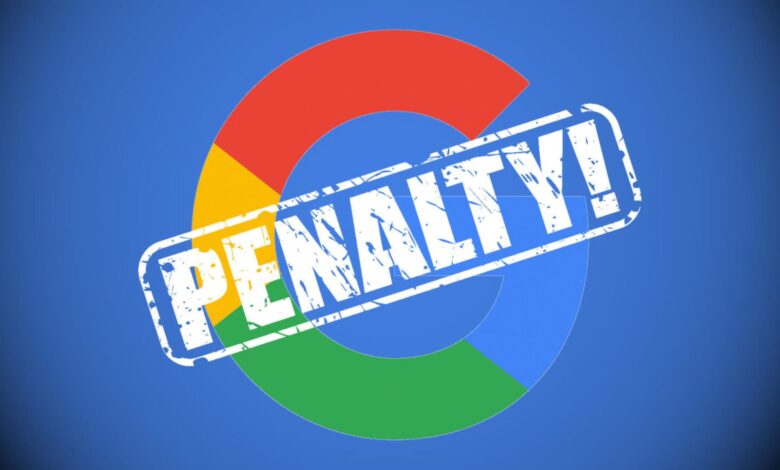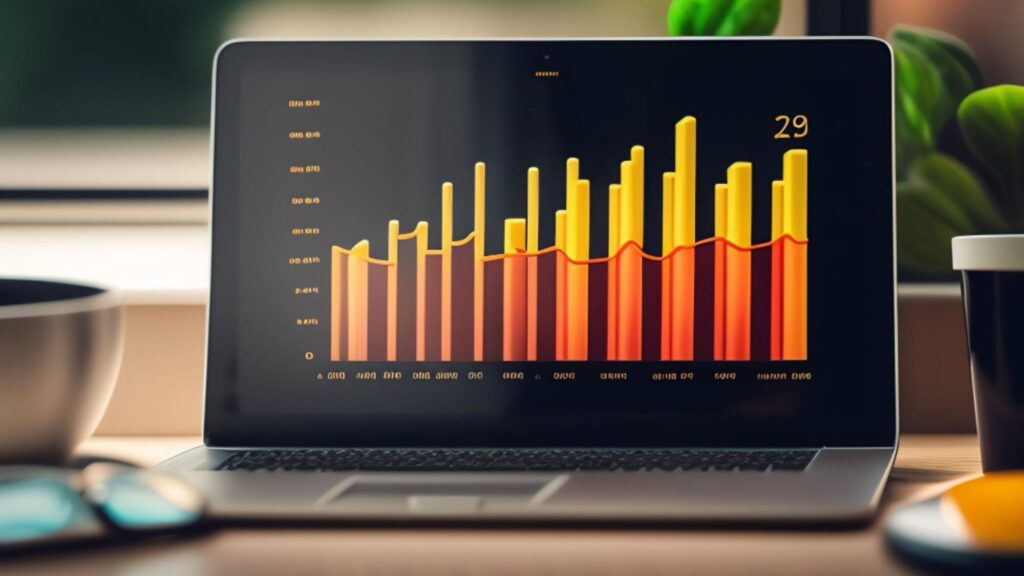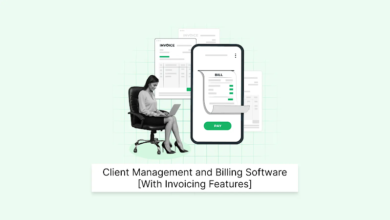Tips to Recover Your Site From Google’s Manual Penalty

Every month, Google issues over 400,000 manual penalties, excluding those impacted by core algorithm updates. But don’t you worry we’ve got good news for you and that is recovery from any Google’s manual penalty is possible. However, it’s a challenging journey that requires a structured process and unwavering commitment to achieving results. To navigate this path successfully, you must implement the correct strategies and remain dedicated to the goal.
With perseverance and the right approach, businesses can emerge stronger from Google’s penalties. For expert guidance in navigating these challenges, consider partnering with one-of-a-kind consultants in the town i.e. SEO company London UK. The team at SEO company in London UK understands the stakes and the necessity for a precise approach.
Identifying What Kind Of Penalty You Were Hit With?
One of the critical steps in successfully recovering from a Google’s manual penalty is accurately identifying the type of penalty you’ve been hit with. Google penalties generally fall into two categories, manual and algorithmic. Each type requires a different approach to resolving, and understanding the distinction is crucial for devising an effective recovery strategy.
Manual Penalties:
Manual penalties are imposed by Google employees, typically from the search quality or webspam team, after a manual review of your website. These penalties are issued for violations of Google’s Webmaster Guidelines, such as unnatural links, spammy content, manipulative structured markup, or cloaked images and redirects. You’ll receive a notification through Google Search Console if your site has been hit with a Google’s manual penalty.
This notification will detail the specific issues Google has identified and the actions you need to take to rectify them. To address a Google’s manual penalty effectively, it’s essential to conduct a thorough review of your website to identify and rectify the offending elements. This may involve removing unnatural links, improving content quality, or fixing technical issues that violate Google’s guidelines.
Algorithmic Penalties:
Unlike manual penalties, which are issued by Google employees, algorithmic penalties are triggered automatically by the Google search algorithm. These penalties are usually associated with two major algorithm updates: Google Panda and Google Penguin. Google Panda primarily targets content-related issues, such as low-value content or pages overloaded with advertisements relative to their content. It aims to ensure that users are presented with high-quality, relevant content in search results.
On the other hand, Google Penguin focuses on penalising websites that engage in manipulative link-building practices to artificially inflate their rankings. This includes tactics like buying links or participating in link schemes. Recovering from algorithmic penalties requires a combination of content improvements, link cleanup, and adherence to Google’s guidelines. It’s crucial to focus on creating high-quality content that provides genuine value to users and building organic, natural links from reputable sources.
Crafting Your Recovery Strategy:
Once you’ve identified the type of Google’s manual penalty affecting your site, it’s time to develop a comprehensive recovery strategy. This strategy should outline the specific actions you’ll take to address the issues identified and regain Google’s trust. Start by addressing the root causes of the penalty, whether it’s cleaning up unnatural links, improving content quality, or optimising site structure and performance.
Monitor your progress closely through tools like Google Search Console and Google Analytics, and adjust your strategy as needed. Remember that recovering from a Google’s manual penalty is a gradual process that requires patience and persistence. By following a systematic approach and focusing on delivering a high-quality user experience, you can successfully overcome any penalty and restore your site’s visibility in search results.
Running a DTOX Report:
The first step in the link detox process is to run a DTOX report. This can be done by logging into your LRT dashboard and navigating to the Audit & Recovery section. From there, you’ll find the option to run a DTOX report. Once initiated, you’ll be prompted to choose the settings under which you want the report to be executed.
Analyzing the Results:
Depending on the size of your backlink portfolio, the DTOX report may take some time to process. For portfolios with millions of links, expect a longer waiting period as reprocessing such a vast amount of data requires time and CPU power. On average, it may take between 3 to 5 hours for the report to be completed. Patience is key during this stage.
Disavowing Bad Links in LRT and Google Search Console:
Once the DTOX report is finished, it’s time to analyse the results. By clicking on the “Show me these links” option, Link Detox will automatically filter out toxic links for your review. These links should be carefully examined, and any deemed harmful should be disavowed both in Link Detox and in Google Search Console.
Disavow File Audit:
Regularly checking your disavowed links is a recommended practice in link detox. Websites’ SEO visibility, power, and trust can change over time, affecting the status of previously disavowed links. It’s crucial to periodically review your disavow file to identify any potentially valuable backlinks that could be reinstated. This process not only ensures that your disavow file remains up to date but also presents an opportunity for fast-tracked link-building by leveraging existing relationships with reputable sites.
Implementing Changes and Monitoring Progress:

After disavowing toxic links and potentially re-evaluating previously disavowed ones, it’s essential to monitor the impact of these actions on your website’s SEO performance. Keep track of changes in rankings, traffic, and overall site health to gauge the effectiveness of your link detox efforts. Adjust your strategy as needed based on ongoing analysis and feedback from search engine algorithms.
Conclusion – Google’s Manual Penalty:
Recovering your site from Google’s manual penalty may seem like a daunting task, but with the right approach and persistence, it’s entirely achievable. With dedication and strategic effort, you can overcome Google’s manual penalty and reclaim the visibility and traffic your site deserves.



